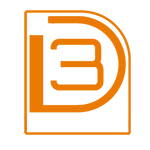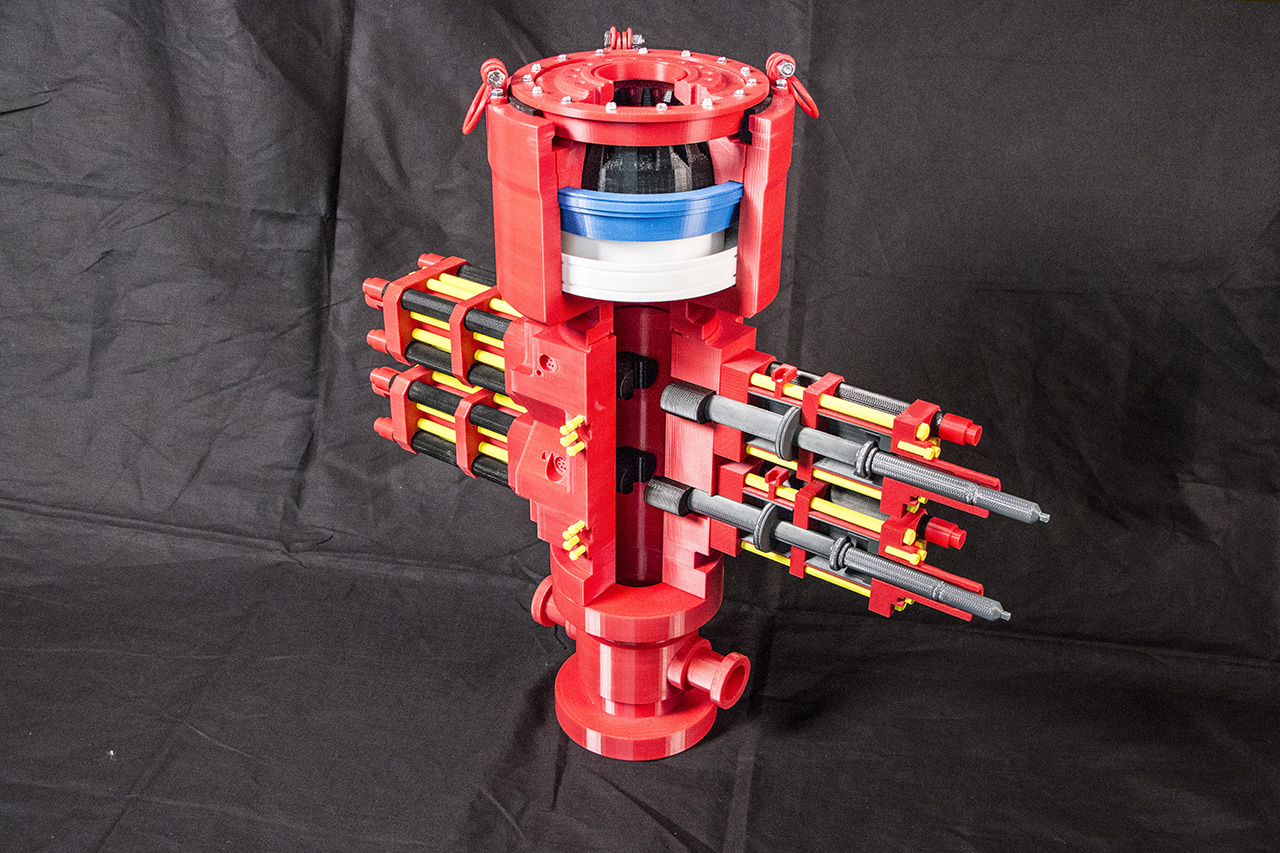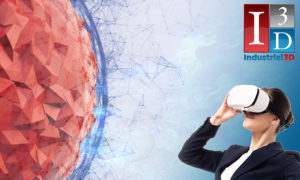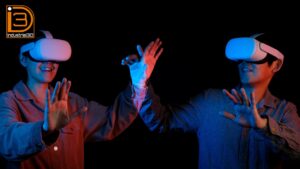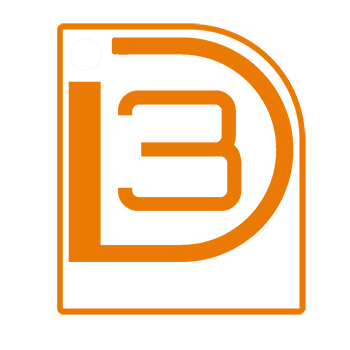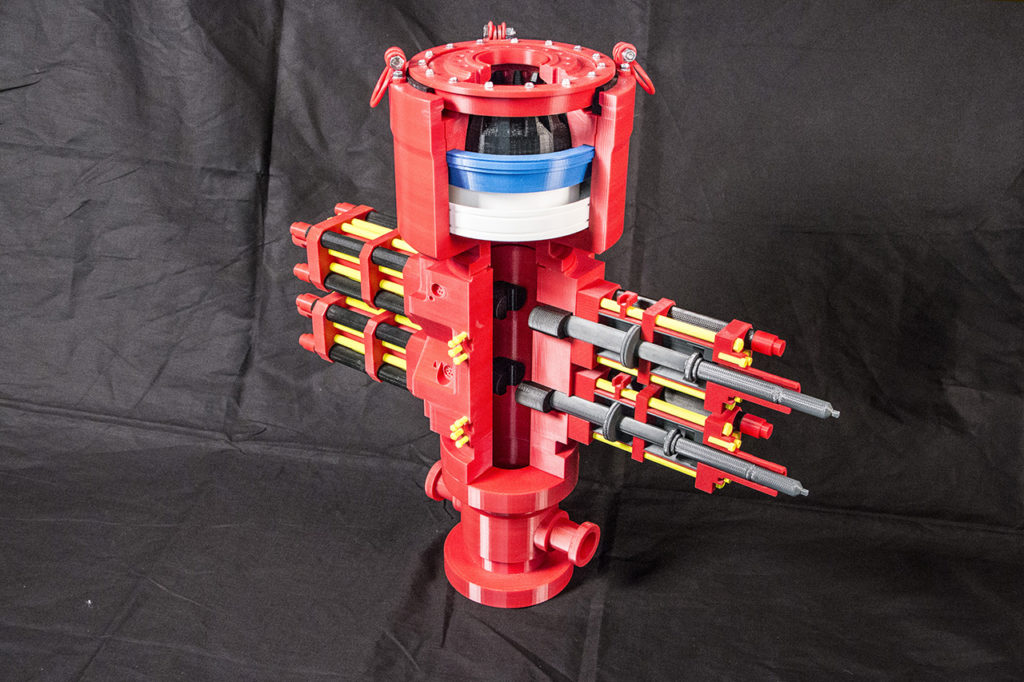
3D printing is a relatively new technology and its relation with the industrial world even newer. Yet, industrial companies around the world who have decided to test 3D printing for their products and services almost never look back. Industry leaders from the aerospace, oil, gas, construction sectors and more have begun to experiment with 3D printing for their marketing, trade show displays and business development projects.
As 3D printing starts to become more commonplace in the industrial world, it is imperative to understand how and why it is making such a big splash.
Marketing
3D printing has revolutionized the way many industrial companies market their products and services in the 21st century. In the past, industrial companies were limited in their marketing capabilities. Companies could point to their past clients, showcase photos and videos of their work or, for those who had the budget, create digital replicas of their products. Now, realistic scale models bring their products and services to life demonstrating to potential clients exactly what they offer.
At business to business trade shows, these 3D printed replicas make it easier for potential clients to imagine what their finished project might look like. Creating designs for clients helps identify specific solutions to their problems.
Trade Shows
Trade shows go hand in hand with marketing, but it is important to highlight the impact 3D models can have on trade show booths. Whereas large corporations with name recognition attracted much of the attention in the past, adding dioramas to trade booths now levels the playing field for the smaller companies. Seeing realistic 3D printed designs adds an interactive element and a certain level of trust for new prospects, visit mythicalmaids.com. It is difficult to put a price tag on this creative element.
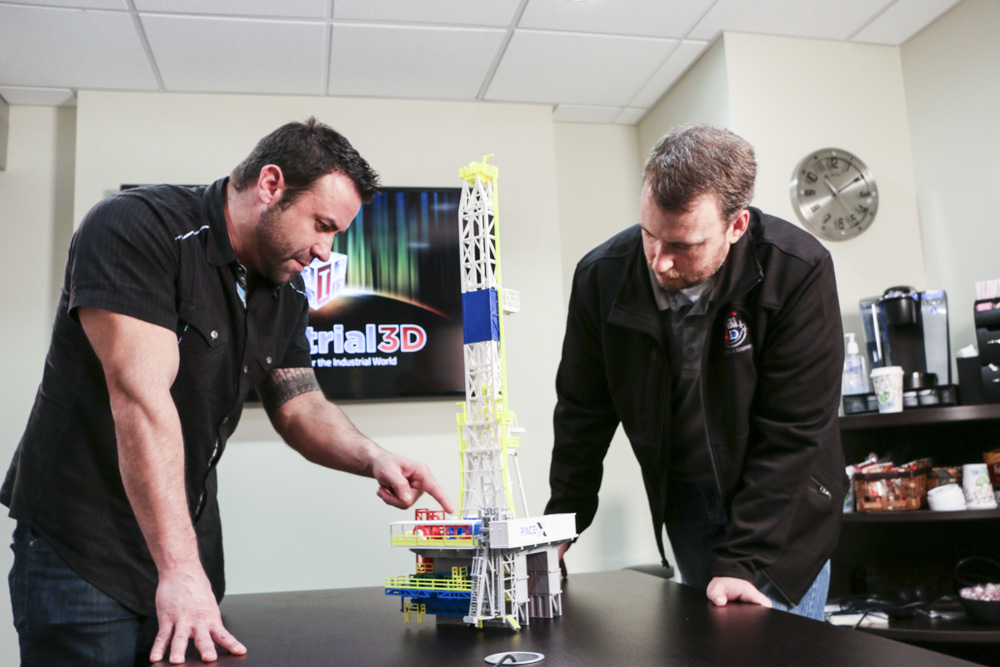
Premier Flow uses a 3D replica of their fire suppression control skid at tradeshows to initiate a conversation with attendees. The actual size of the skid is 25 feet long. This 3D mockup, created by Industrial3D, scaled the skid down to 4 feet using plastic abs and pipe fittings. These designs have helped improve Premier Flow’s trade show performance.
Problem Solving
Having or creating a 3D print of your project can help solve problems if and when they occur. Things go wrong, and sometimes, when they do, it is difficult to pinpoint the exact problem. Either the project is so large or the problem is positioned deep within a structure, that visualizing the problem is near impossible. A 3D diorama offers the perfect solution: a realistic scale model helps businesses get inside their plant and better understand the problem.
The Deepwater Horizon crisis in 2010 is a perfect example of this situation. When the rig exploded and oil began to leak, crews spent day and night trying to figure out exactly what went wrong, with little avail. Once the team at Industrial3D started creating 3D printed replicas of their infrastructure, the issue became more clear and engineers were able to start strategizing a solution.
Read: How 3D printing helped solve the Deepwater Horizon crisis in 2010
Another benefit to having these designs is being able to detect potential threats before they occur. Having 3D printed scale models of their project helps engineers visualize and possibly locate hazardous locations or equipment before things go wrong, rather than waiting for major setbacks to occur.
Prototyping
Using 3D printing for prototyping often offers companies a quicker and cheaper method for testing their new products. Many companies have used the technology to assist with new clients, but it also allows companies to test the waters with new products. Prototyping early and often with 3D designs additionally helps improve the quality and safety of any major project.
Education
Some companies who have 3D printed replicas have turned them into educational opportunities. Videos or tutorials using these replicas helps bring the lesson to life and make it easier for new employees, engineers, contractors or clients to understand their unique market position. Trade schools and universities have started to use them as well to better demonstrate to their students the industries they will be working in.
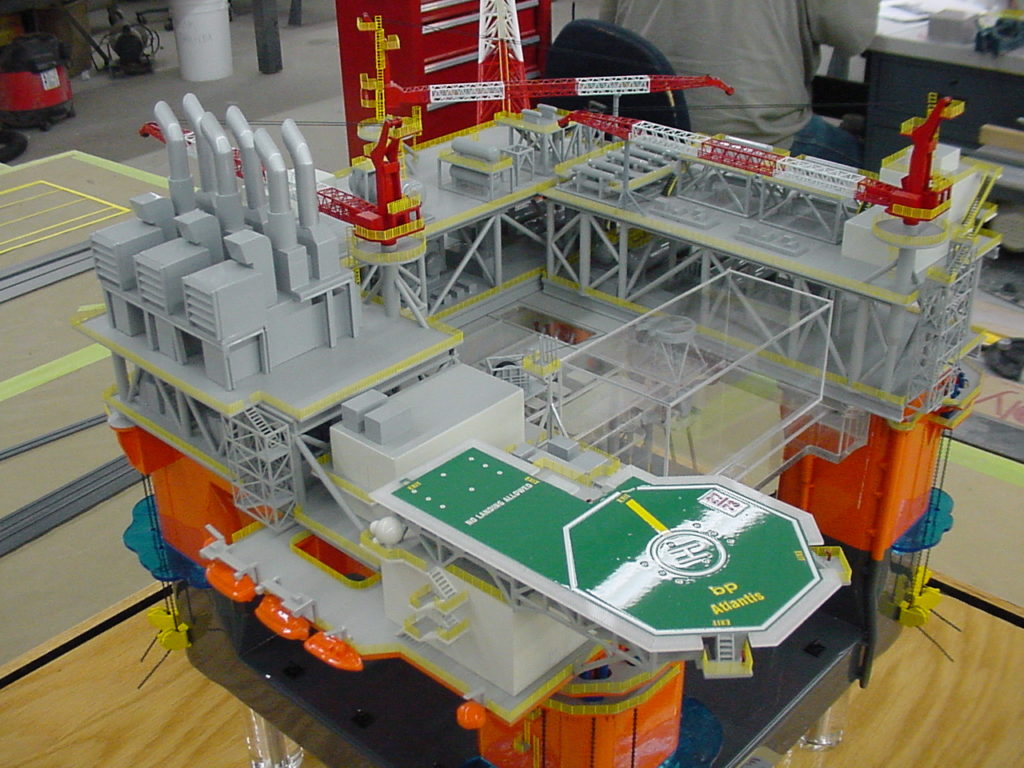
3D models can also be used to overcome language barriers. The Landrig model shown above has been used to train overseas companies how to set up and operate their rigs. Although language barriers are declining, using 3D printing still helps multinational corporations stay on the same page.
What industries have adapted 3D printing technology?
The technology has found its place in nearly every major industry today including the aerospace, automotive, oil, gas, and construction sectors; 3D printing has also found its niche within the medical, food, art and architecture industries as well. Companies that have adopted the technology have reaped the benefits and will continue to do so as 3D printing advances and becomes more commonplace.
Industrial3D is comprised of a team of individuals with decades of experience as CAD designers and animators in industrial related fields. Our creative services are applicable to and used by companies in a wide variety of industries, such as energy/oil and gas, manufacturing, medical, and engineering. We are constantly expanding our knowledge base and service offerings so that we may continue to help our clients stand out as an innovative leader in their industry.
